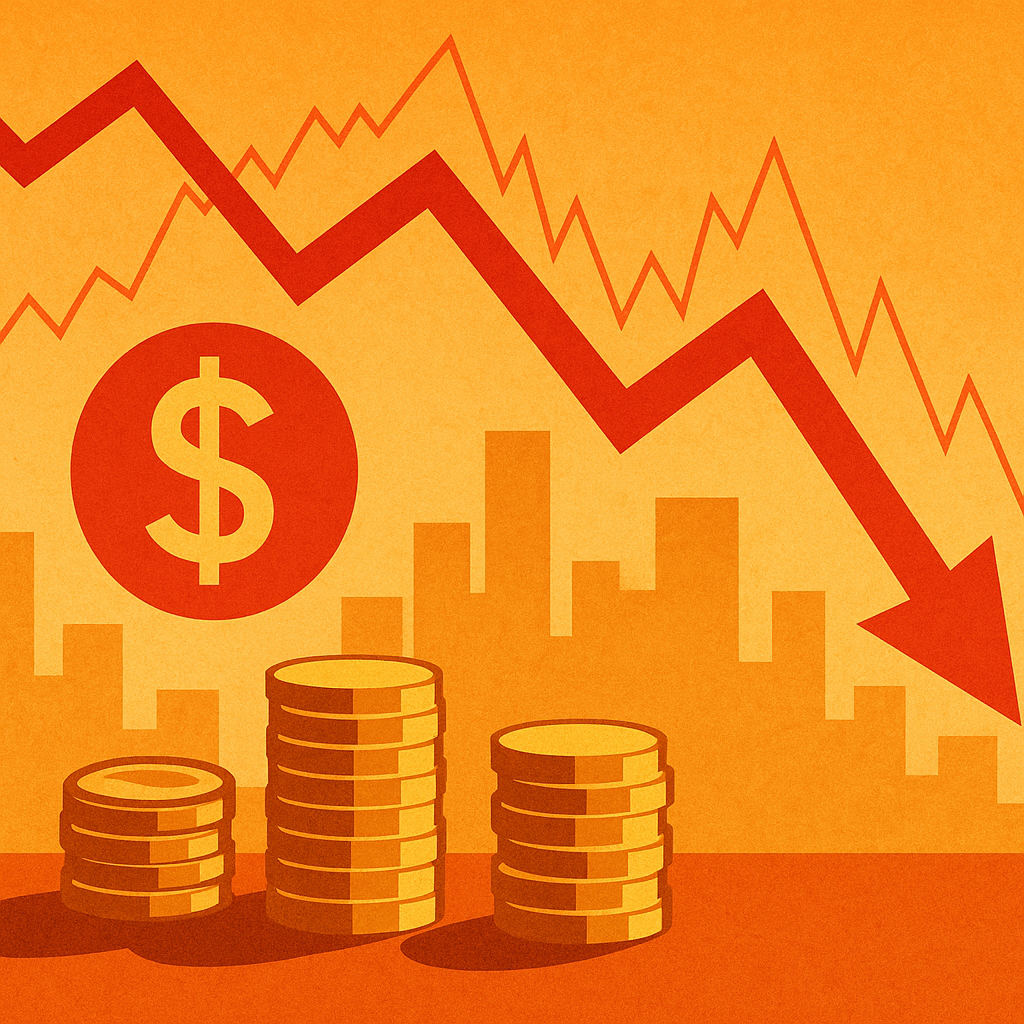Earnings Warnings and Trade Tensions: Why Markets Are Struggling to Find Their Footing
Wall Street is once again on edge. After a strong start to the year, the stock market has hit a rough patch as a new wave of tariffs and the kickoff of Q2 earnings season create a double-barreled source of volatility. With the S&P 500 now down 14% from its February highs, investors are questioning whether this is a temporary correction—or the beginning of a deeper reset.
Recent policy moves out of Washington, including retaliatory tariffs aimed at Chinese goods, have reignited fears of a prolonged trade war. At the same time, investors are bracing for potentially lackluster earnings from major tech names like Tesla and Alphabet, whose performances could set the tone for the rest of the quarter.
Why This Matters for Investors
Market turbulence tied to both macroeconomic and company-specific headwinds is nothing new. But the convergence of geopolitical trade tensions and an uncertain earnings landscape has amplified investor anxiety. According to Bloomberg, the S&P 500’s recent slide marks its steepest two-month decline since 2022, with sectors like technology, manufacturing, and consumer goods bearing the brunt.
Moreover, the CBOE Volatility Index (VIX)—often referred to as Wall Street’s “fear gauge”—has surged above 25, reflecting investor concerns about short-term market instability.
Earnings estimates for the quarter are being revised downward, with analysts at Goldman Sachs projecting only 3.2% earnings growth for the S&P 500, down from earlier forecasts of 6.7%. Weak corporate guidance and lower revenue projections, especially from global-facing companies, are raising red flags.
What to Watch in the Coming Weeks
1. Tech Sector Results
Tesla, Alphabet, and Meta are among the biggest names set to report. With AI hype priced in and ad spending still in recovery mode, any earnings miss could spark outsized reactions.
2. Tariff Ripples
The White House’s recent announcement of a 25% tariff on select Chinese tech components has already led to countermeasures from Beijing. Companies with global supply chains—especially in semiconductors, automotive, and industrials—are most exposed.
3. Economic Indicators
Investors are closely watching inflation data, labor market figures, and consumer sentiment indexes. Any signs of stagflation—a combination of slowing growth and rising prices—could weigh further on valuations.
4. Federal Reserve Signals
With the Fed maintaining its cautious stance on rate cuts, further hawkish commentary could deepen investor skittishness. The next FOMC meeting and Jerome Powell’s remarks will be key sentiment drivers.
Credible Sources & Analyst Commentary
- Bloomberg (April 2025): Market analysis highlighting the S&P 500’s 14% drop and VIX movement.
- Reuters: Reported on the updated U.S.-China tariff policies and potential impact on manufacturing sectors.
- CNBC: Previewed Q2 earnings expectations for top tech firms.
- Goldman Sachs Research Note (April 2025): Lowered S&P 500 earnings growth outlook.
- FactSet: Provided sector-level earnings revisions across the S&P 500.
Key Investment Insight
Investors should prepare for continued volatility over the next several weeks. Diversification remains critical—those heavily weighted in tech or cyclical sectors may benefit from rebalancing into defensive plays such as healthcare, utilities, or dividend-paying blue chips.
Additionally, hedging strategies (e.g., covered calls or inverse ETFs) could help limit downside risk in the short term while maintaining market exposure.
With earnings season and global trade tensions colliding, markets are entering a period of uncertainty. While not necessarily a long-term bearish signal, this environment demands a more tactical and data-driven investment approach.
Stay tuned with MoneyNews.Today for the latest financial developments and daily investment insights—helping you navigate market turns with confidence and clarity.





